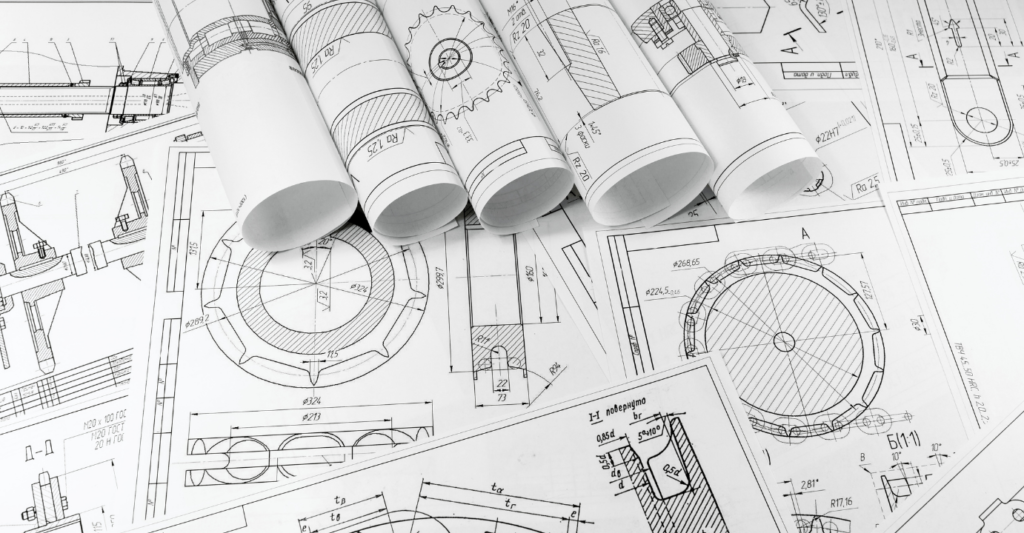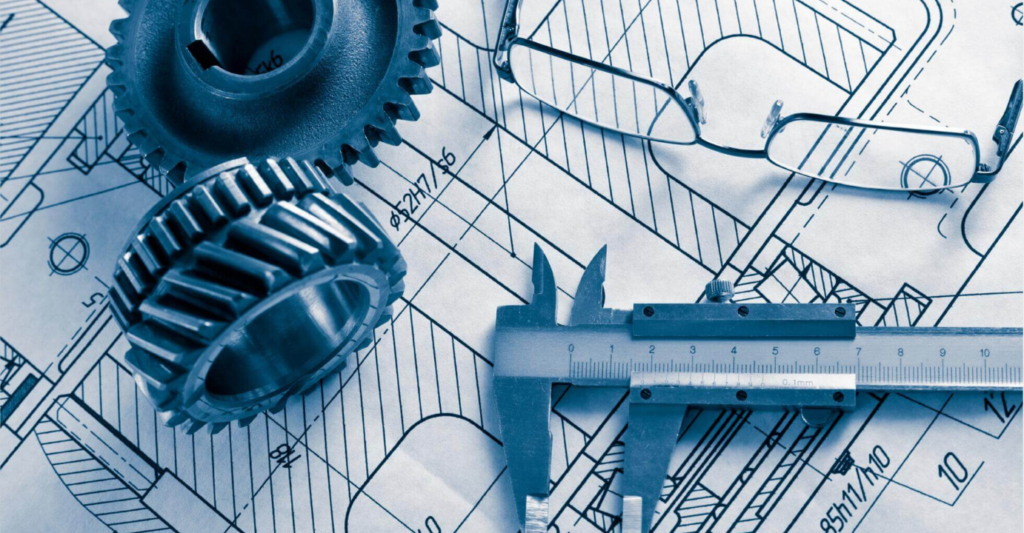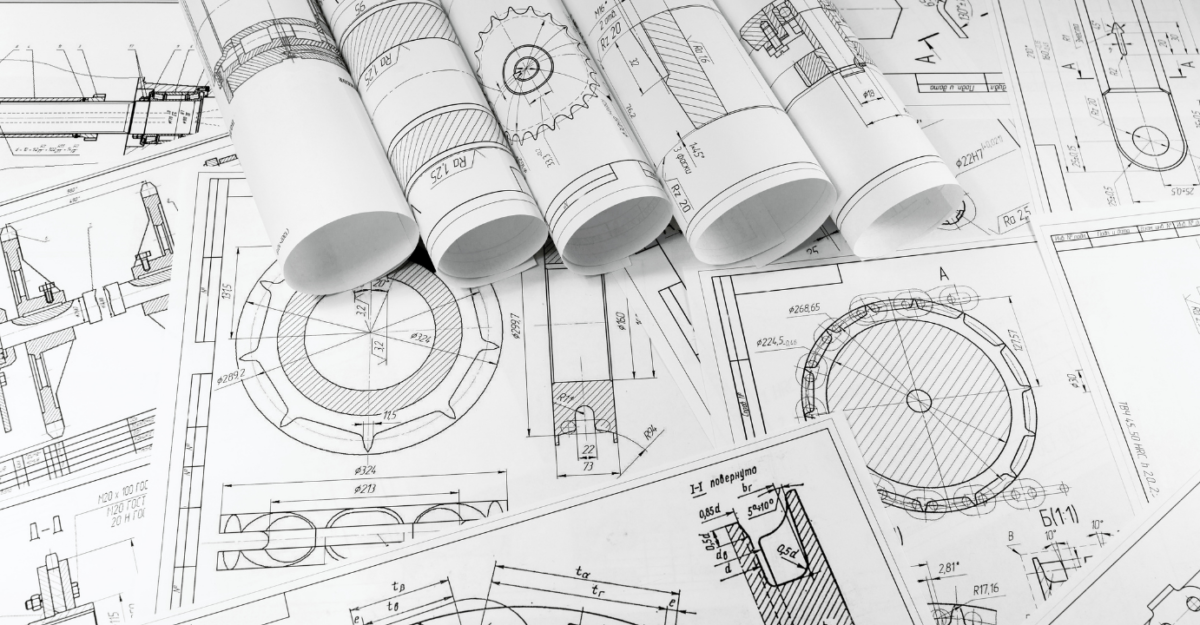Many engineers know what an Engineering Requirements Document (ERD) is. Included in this document are the requirements. It tells you what you need to do. A project to make a prototype must have detailed requirements.
Do the documentation of these records in a professional way. The ERD should be easy to read. It must show the process of making the material while meeting specific rules.
Engineers often make mistakes because they don’t write down what they need to do. This results in engineering design flaws.
So learning how to develop a good requirements document is crucial. You have to think about some things when you write an ERD. We’ve put together a detailed tutorial to help you make an effective ERD.
The Document’s Goal
A solid test plan starts with a list of requirements. Doing this promotes teamwork. Break down tasks into smaller ones with this method. This makes assigning duties to others simpler. Getting isolated units is easier if you have fewer internal resources.
You can use ERD to help the people working on a project communicate. During the writing of the document, a lot of guesses came up. This makes it easier for technical teams to verify it’s correct. Use this method to document the product and the designer’s intentions accurately.
It is a must that you understand the traits of ERD to develop effective project goals. A good project begins with a solid set of performance criteria. And ERD contains many of those.

Engineering Requirements – Documentation Quality Standards!
The best requirements documents must stick to a set of guidelines or criteria. There are a lot of easy-to-follow guidelines in this list. Some of them can be difficult to grasp at times.
An ERD should meet the following traits to consider good:
- Coordinated
Every stakeholder in the product design must be happy with the product’s needs. It should show how the product can and can’t work and how it works.
- Very easy to understand
It should also be short, clean, and clear in its message for everyone. One-sentence summaries of what you need are enough to convey the intended message.
- Verifiable
Demonstrating and measuring compliance with specified requirements must be possible.
- Workable
Practicality is essential for a well-written ERD. It should have a goal and be able to be shared. All these factors must come together to make it a reality.
- Traceable
As a result, it’s important to trace it back to the customer’s initial wants. It must also describe the significance of the product’s design. A key part of determining the rationale for a requirement is determining where it came from and why.
- Complete
In a requirements document, there should be no ambiguity.
- Necessary
Ensure that the document is valid and necessary for the specific technical work. It must also be constant and not have any negative side effects to be safe.
Even if demand does not meet all these requirements, it is still relevant. It signifies that working with the document will be more difficult in the future.

Requirements Documentation – Tips for a Great Engineering Document!
Below are tips to help you write a clear ERD for your components:
Tip #1 Using a Good ERD Template
Engineers are aware a good ERD is a vital part of the documentation process. For your documentation, use a suitable template. The requirements for a decent template include:
· Cover page
· Section heading
· Essential rules for each section
· A short explanation of the management system employed.
Included in the template are standard sections for some themes. You can see in this section the traceability and formatting standards.
Having a standard part in the template helps you stay on track with the project. You can change the parts of the template depending on the project.
Because of this, you should provide a strong platform for continuous ERD development.
Tip #2 Use a Hierarchical Structure to Organize Your Document
Organizing the documents in a hierarchical manner makes it easier for the engineers. Below is the illustration of the hierarchical structures:
Manager-Supplier
Function-Subfunction
Mission-Part
Having your paper organized in this way helps you focus on each of the system’s domains. You can make a complete document with this. It helps determine areas that need changes on the baseline standards. As a result, users of the requirements can get to the specific functional area they’re looking for.
Tip #3: Make Use of an All-In-One ID System
It makes it easier to track down high- and low-level requirements by adding a project ID to each one. The use of short names also makes it easier to make traceability tables. These tables show how each need comes from higher-level texts in a clear way.
Tip #4 Language Standardization of Your Requirements Document
Standardizing the wording in your ERD is a great way to avoid misunderstandings. Consider adding a definition section to your mechanical design files. It’s also good to say what words mean in documents that don’t have to do with requirements.
Tip #5 Consistency in Using Imperatives is Vital
Impossible verbs like shall, should, must, will, and so on have been the subject of heated debate for a long time now. You can use imperatives in your writing, so be sure to keep things the same when you use them. In general, each requirement should have a single purpose statement that is the same for all.
Tip #6: Use Rationale Statements
Users can get more information from an ERD that is easier to read. The use of rationale statements in this document helps to make the text easier to follow. You should tell your wants and needs apart from the arguments for those needs. Afterward, your reasoning will be much clearer and easy to follow because of this.

Tip #7 Requirement Formatting Best Practices Should Not Be Forgotten
You need to learn how to write fast to understand how to make an ERB. The use of well-known sentence structures in the places where they’re needed is a good idea. The best way to ensure that a requirement is clear is to learn some basic sentence patterns. An excellent way to start is with the following basic format:
Unique ID: object + provision (shall) + action + condition + declaration of purpose (will).
Tip #8 Before Verifying a Document, It’s Critical to Conduct a Quality Check
First, make sure your report is free of mistakes in spelling and grammar before you send it to a client or boss. Perform a lot of quality checks. This will ensure that everything is correct, precise, and consistent. If you go over your requirements document again, a checklist for quality assurance will come in handy. Cut down some steps, and best practices followed as a result.
Conclusion
Engineering requirements documents are a great start when working on a new product. When there are a lot of moving parts, it is even better. It’s a simple way to divide work among a group of engineers, and it doesn’t take long.
The ERD gap can be closed with the help of QBH Technology concept creation. They do this through open and honest dialogue. One of the strongest support services in the industry is provided by the company. Having a design file isn’t a problem at all.

